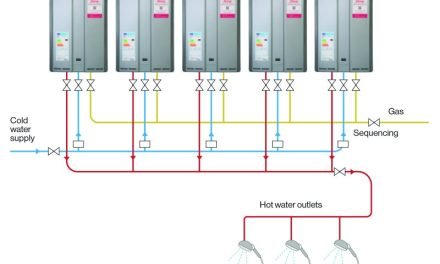The lights nearly went out on 4 November 2015. According to the national press, all our combined power plants couldn’t produce the electricity UK Plc needed. National Grid was forced into emergency measures, paying extortionate prices for electricity and cutting supplies to large power users to narrowly avert disaster.
Actually, it wasn’t nearly that dramatic. A number of power plants all failed at once, at a time the weather (foggy and still) was inimical to electricity generation – a set of circumstances that probably won’t recur with great frequency. National Grid deployed measures carefully designed to deal with just this sort of scenario. The wholesale price of electricity didn’t soar – National Grid paid a pre-agreed higher price for electricity generated from reserve capacity. Novel demand side measures were deployed – but these are indicative of recent innovation, not an unprecedentedly panicked Grid. National Grid had further measures in reserve had these measures been inadequate. We were some way away from a blackout.
Nonetheless, while not a sign of an impending apocalypse, the deployment of these measures by National Grid is rare – similar measures were last used in 2012. So this does point to a lower than normal capacity margin – reportedly down to 1.2% from a peak of 16.8%. It seems we are in the midst of a short-term energy crunch. And with a number of coal plants scheduled for closure next year, it will get worse before it gets better (albeit several of those closing are the same plants that went down to cause the recent problems, so perhaps we won’t miss them that much).
How have we got here? “Planning constraints” are often blamed for lack of housing supply – would critics be right to blame our present problems on a restrictive planning system that chokes off new generation development?
In a word, no!
Have planning laws curtailed the approval of large-scale generating capacity? No. The development consent order (DCO) regime is working – as evidenced by the 22 nationally significant generation projects consented since 2010. These include Hinkley Point C, the Swansea Bay Tidal Lagoon, the Walney Extension that will create the world’s largest offshore wind farm, and numerous other offshore wind farms and gas fired power stations. Four other energy-related projects (grid connections and storage facilities) that are large enough to be classed as nationally significant have also received development consent in that time.
Have developers been put off promoting new projects by their bruising experiences of the DCO process? It would seem not. Our experience is that developers really rather like the certainty that the fixed timescales bring. But don’t take our word for it – the evidence is in the 41 nationally significant energy projects currently going through the planning system.
Have planning laws curtailed the approval of small-scale generating capacity? No. Planning hasn’t stopped solar being so successful (around 8 gigawatts of peak capacity installed in five years) that the government is removing its incentives, claiming it has no choice due the cost of the subsidies. It has proposed a controversially steep cut to the rate of the feed in tariff and has announced that community energy schemes will no longer be eligible for start-up tax reliefs. If planning laws were stopping these developments, government wouldn’t have to risk voters’ ire with such drastic interventions.
Even supposedly unpopular onshore wind developments were making it through the planning system at such a rate that the government has taken action to curtail its expansion. Many doubt that is a wise move in an energy crunch, given how successful and relatively cheap onshore wind is. It also remains to be seen how effective these measures will be. That large onshore wind development will now be subject to local planning approval is not really a big change as very few onshore wind developments were ever large enough to be nationally significant and so subject instead to ministerial approval. Moreover, the wind industry has been innovating its business models in order to share benefits with local communities, measures which could significantly reduce local opposition.
So if planning isn’t the problem, what is? Economic factors are certainly playing their part. New capacity is getting planning consent, but it’s not getting built, and that’s often because of financing problems. The lengths the chancellor had to go to before funding could be secured Hinkley Point C are well documented. There have been reports of consented gas plants being unable to attract the investment needed to complete them.
If that’s the case, perhaps the government should be doing less to secure investments for projects that would come on line in 10 years (if all goes to plan – not a given in the case of large, complex nuclear projects), and more to ensure delivery of projects that could keep the lights on right now.
By Dougal Ainsley, Associate in the Planning and Infrastructure department at Bircham Dyson Bell.




